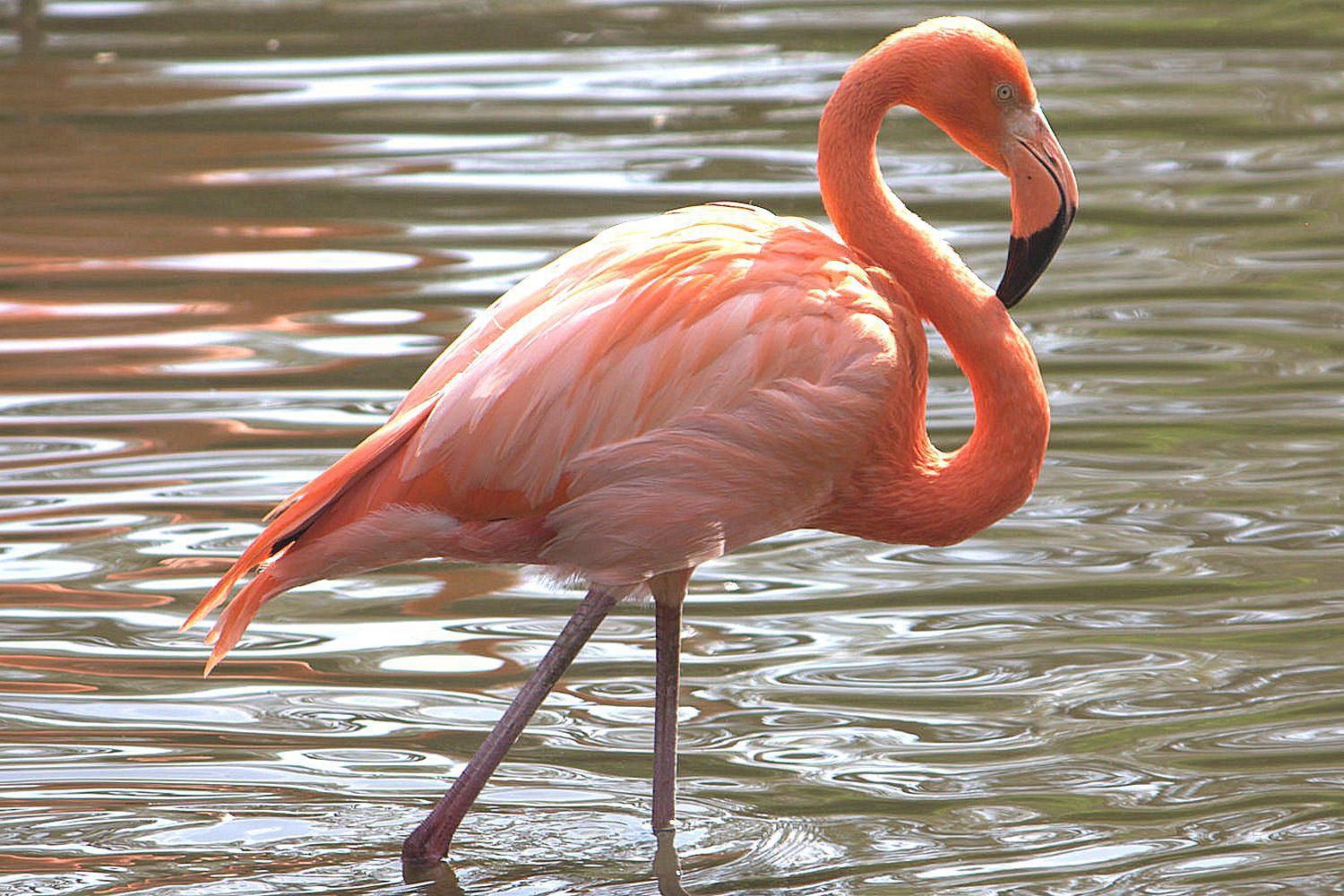Uncategorized
The Ultimate Guide to Understand Hepatitis

Understand Hepatitis is an infection that causes liver inflammation. It can be brought on by the use of narcotics, alcohol, or some medical issues. However, in the vast majority of cases, a virus is to blame. Viral hepatitis is the most frequent type, with hepatitis A, B, and C strains being the most common.
What are the Symptoms of Understand Hepatitis?
In the acute phase of hepatitis, there are sometimes no signs or symptoms of the disease. Although, symptoms of types A, B, and C include:
- Weariness
- Nausea
- Poor appetite
- Stomach pain
- A moderate temperature
- Yellow skin or eyes
When hepatitis B and C become chronic, they might continue for years without causing any symptoms. According to the liver transplant specialist in India, the affected person’s liver may already be damaged by the time any warning signals appear.
What Happens When You Have Hepatitis A?
Hepatitis A is contagious and can be transmitted from one person to another. It usually only causes a mild disease, and many infected people don’t even know they’ve been infected. The virus generally goes away on its own and has no long-term effects on the liver. Eating raw foods or drinking tap water can increase your risk of getting hepatitis A.
What Happens When You Have Hepatitis B?
Many adults with hepatitis B experience modest symptoms for a short period before getting better on their own. However, some people cannot eliminate the virus from their bodies, resulting in a long-term infection. Nearly 90% of infants infected with the virus will carry it for the rest of their lives. Hepatitis B can cause major complications over time, including liver damage, liver failure, and liver cancer. If a person’s liver begins to deteriorate due to hepatitis B, they may require a liver transplant. In that case, they should consult with one of the liver transplant specialists in India. Hepatitis B can also be contracted via exchanging needles, razors, or toothbrushes with an infected individual.
What Happens When You Have Hepatitis C?
After a brief infection, about 25% of patients with Understand Hepatitis C can overcome the virus. Chronic hepatitis C can lead to life-threatening consequences such as liver failure and malignancy. However, there are effective therapies for the infection. Getting a tattoo or a body piercing with an infected needle is a few ways people get infected with hepatitis C.
Hepatitis – Diagnosis, and Treatment
Chronic hepatitis can destroy the liver without presenting any signs for years. As a result, many people will develop substantial liver damage unless the infection is recognized, monitored, and treated. Blood testing can tell you if you have viral hepatitis and, if so, which type.
- Hepatitis A Treatment:
Hepatitis A usually goes away on its own without the need for medication. However, if nausea is a concern, try eating numerous small meals instead of three large meals throughout the day. In addition, stay hydrated by drinking water, juice, or sports drinks. Also, until you feel better, avoid strenuous exertion.
- Hepatitis B Treatment:
The goal of chronic hepatitis B treatment is to keep the virus under control and prevent it from causing liver damage. The first step is to keep an eye out for indicators of liver disease. Antiviral drugs may be helpful, but not everyone can or should take them. Make sure you and your doctor talk about the risks and advantages of antiviral medication.
- Hepatitis C Treatment:
Glecaprevir and pibrentasvir are the most recent drugs to be approved by the FDA (Mavyret). Adult patients with all forms of HCV who do not have cirrhosis and have never been treated can benefit from a shorter treatment cycle of 8 weeks with this medicine. The duration of treatment is lengthier for people who are in a later stage of the disease. This medicine’s recommended dosage is three pills per day.
Vaccinations
Understand Hepatitis A vaccination is recommended for all children aged 12 to 23 months, as well as adults who plan to travel or work in locations where hepatitis A outbreaks are occurring or who have additional risk factors.
If they don’t already have protection against the disease, people with chronic hepatitis B or C should acquire the Understand Hepatitis A vaccine. Every liver transplant specialist in India recommends hepatitis B immunization for all newborns and adults with any risk factors mentioned previously.
Bottom Line
There are things you may take to make your liver resilient if you have chronic hepatitis. Avoid consuming alcohol, which can exacerbate the liver disease. Before taking any medications or supplements, see your doctor because some are harsh on the liver or may not be safe for those with liver disease.
Above all, remember to keep a tab on your appointments. You and your doctor can remain one step ahead of the virus by keeping an eye on any changes in your liver.
Read more:- Tips For Good Sleep
Uncategorized
Windows 10 vs Windows 8.1 which is best for you
Windows 10 is nearly five years old now Although many people initially were against the switch, it has proven as one of the Microsoft’s most effective operating systems. However, as always, there are a few ardent enthusiasts of earlier operating systems that have not yet made an jump.Time has run out however. As Windows 7 has reached the end of its life It’s likely that a lot of them will make the switch into Windows 10, and those who remain with Windows 8.1 have until January 2023 to make the switch before it’s eliminated by Microsoft.If you’re not yet making the switch yet (or even if you’ve already done so but aren’t sure of what’s changed) You can find the information below an analysis of some of the features available with Windows 8.1 and how they’ve been tweaked to work with Windows 10.
Windows 10 vs Windows 8.1: Boot time
There isn’t any noticeable difference in time to boot between the two systems. This is , at the very least, valid for the two devices that we conducted tests on: that of the Lenovo ThinkPad X1 Carbon and the Microsoft Surface Pro. Both laptops were able to load the login screen in just eight seconds using the same speed, both Windows 10 and Windows 8.1 just milliseconds apart between the time it took to boot on the other machine.Windows 10, with its facial recognition software could be used as a way to cut the time it takes to boot into the desktop. This biometric security feature could allow users to swiftly access their system simply by sitting at their desk and there’s no requirement to enter an encryption-secure password to log in, which is the case under Windows 8.1. It is important to note that this feature isn’t accessible for the majority of Windows 10 devices, as the specific device requires a specific Intel RealSense 3D camera preinstalled. These cameras, as well as fingerprint scanners are popular in notebooks designed for business but they do give Windows 10 an advantage over its predecessors.
Windows 10 vs Windows 8.1: Interface
In all likelihood, Windows 8’s first attempt at applying an untiled Start display on gadgets that didn’t have touchscreens ruined every chance that the system ever gaining widespread business acceptance. While the issue was partially rectified with Windows 8.1 in which desktop PC and laptop users were able to immediately boot to the desktop and pretend that the Start screen wasn’t there but it was still necessary for a myriad of core functions, such as launching applications to altering settings.Windows 10 corrects that however, with a flawed combination that combines Windows 7’s Windows 7 Start menu and Windows 8 Start screen. On laptops and desktops with the Start menu appears in the lower left edge of the display with the most frequently used programs displayed on the left side, with a hyperlink to an alphabetical listing of all apps installed on the right side. The right side displays what’s known as the Live Tiles from Windows 8’s Windows 8 era. Tablets, they function similar to how it was under Windows 8.1 and Windows 8.1, with the Live Tiles expanding to dominate the entire screen The Maltese Poodle Maltipoo Mix Complete Guide
Windows 10 vs Windows 8.1: Stability
Although it was the largest update to Windows in its history since Windows 95, Windows 8 was extremely stable and bug-free right from the beginning. Indeed, we had it running on everyday work systems six months before launch.AdvertisementWindows 10 has been, to put it charitably, a tad wobblier. Microsoft releases regular updates to the software, but they often create issues. It seems that every couple of months, new reports are issued of file deletions that are accidental or glitches, crashes, and other a variety of problems. Overall, stability is definitely more stable than it was previously however this isn’t enough. issues persist are frustrating.So far, we’ve not encountered any issues that we would think are significant enough to warrant a downgrade to an older version of Windows however it’s important to note the reliability of Windows 10 isn’t Windows 10’s strength and it doesn’t appear as though it will ever be. On the other hand Windows 10 Enterprise users can remove a significant portion of this hassle – and we’ll go over in a moment – which means that it’s less of a problem. winner: Windows 8.1. Businesses have the option of avoiding some of the problems introduced by Windows 10’s roll-up updates However, the fact that they’re required to do so isn’t exactly a sign of goodwill.
Also Read
Education
Flamingo Facts

According to the Integrated Taxonomic Information System, (ITIS) There are six kinds of flamingos: Chilean flamingo (greater flamingo), Andean flamingo (lesser flamingo), Chilean flamingo (andean flamingo), James’ (or puna) the flamingo, American the flamingo (or Caribbean).
The greater flamingo is by far the tallest species. It can stand 3.9 feet up to 4.7 feet (1.25 to 1.45 meters) tall and be as heavy as 7.7 pounds. (3.5 kilograms) according to Sea World. The lesser flamingo weighs the most compact one, with a length of 2.6 feet (80cm) and weighing 5.5 pounds. (2.5 kg). Flamingos’ wingspans are 37 inches (95cm) and 59 inches (150cm).
Habitat
Diet
According to Sea World, Flamingos eat small fish and larvae, as well as red and blue-green algae, blue-green and roe algae and crustaceans. Their propensity to eat meat and vegetation is what makes them Omnivores.
The pink color of Flamingos comes from the fact that their diet is high in beta carotene. This organic chemical is an orange-reddish color that is known as a reddish. (Beta carotene is found in numerous plants, but is most prominently found in spinach, tomatoes, sweet potato, pumpkins, and carrots, obviously.) Similar pigment-packing carotenoids are found in the crustaceans and Mollusks that flamingos consume.
The levels of carotenoid in their diets vary across areas of the world This is the reason American flamingos typically are bright orange and red, however, flamingos from the drought-plagued Lake Nakuru in central Kenya tend to be a paler pink.
If a flamingo was to cease eating foods containing carotenoids, its feathers would grow with a paler shade, and its reddish feathers would eventually begin to molt. Feathers that have molted have lost their pink color.
The food a flamingo will eat depends on what type of beak it has. The bill of Andean, James’, and Lesser flamingos are known as a “deep-keeled” bill. They feed mostly on algae. The American, Chilean, and Chilean Flamingos are bigger and have deeper-keeled bill, which allows them to eat tiny fish, invertebrates and even insects.
Flamingos eat by stirring the bottom of the lake with their feet, then diving their beaks into waters and mud in order to catch their meals.
Habits
Advertising
The the flamingos are monogamous according to Sea World. Once they mate, they tend to stay with that mate. The flamingos of a group are able to mate at the same time, so all chicks hatch together. Pairs will make nests out of mounds of mud and females will lay one egg at a time, according to Smithsonian National Zoo.
The eggs are a little larger than larger chicken eggs, measuring 3 to 3.5 inches (78-90 millimeters long) and 4 to 5 pounds (115-140 grams). It can take between 27 and 31 days for the egg to hatch. The chick that will emerge will weigh 2.5 to 3.0 pounds (73-90 grams) in weight. The chicks mature between three and five years of age.
Baby flamingos are gray or white. In the early years of their lives, they’ll become pink. Flamingos are able to live between 20 and 30 years in the wild and as long as 50 years in the Zoo.
Other facts
Evidence from fossils suggests that the species that evolved flamingos very old , and it was formed around 30 million years ago. This was before several other orders of avian species had developed, as per Sea World.
It isn’t really known why flamingos stand on their feet However, it has been theorized that keeping one of their feet out of cold water helps them to save body heat. They also consider it to be an ideal position to relax in.
Although flamingos are believed to be tropical birds, they can still live and thrive in cold areas as long as there’s plenty of water and food available.
More than 1 million flamingos are believed to gather in East Africa, creating the largest known group of birds.
Education
What are Owls and What they Do?

Only Carnivores
Owls are known to eat tiny insects such as beetles and moths and larger birds like Ospreys. Some species of owls consume mainly fish, such as Ketupa (fish-owl) and Scotopelia species which are located within Asia as well as Sub-Saharan Africa. Owls spend much of their time searching for food. For instance, the Snowy Owl may have to hunt for food multiple times, but they can also capture up to five or three Lemmings per day.
Owls aren’t able to consume food
Owls, as with other birds, don’t have teeth to chew their food. Their hooked, sharp bills are used to tear off prey, often crushing skulls as well as other bones. They also eat small preyitems, usually head-first. Anything that the can’t be digested by owls, such as fur and bones, are introduced after a few hours as a pellet.
It is not the only way to get HTML0. Owls are night-time feeders.
Although we usually associate them with night, certain Owls are active during the daytime despite being typically thought of as night-time creatures. Snowy Owls and other northern species are able to hunt in the summer sun-filled days. Northern Pygmy Owls hunt small birds in the western mountain forests. While they hunt mostly in the evening, Burrowing Owls are often seen in their burrows during the daytime times. Some are active and crepuscular during the early hours of dawn or at dusk.
Guided by Sound
Owls are mostly nocturnal and rely on their extraordinary hearing to find their prey in the darkness. Barn Owls are able to spot tiny animals hiding in the foliage using their only auditory sense. The video above shows how you can see that the Great Gray Owl can locate prey under one foot of snow. The owl’s flat faces function as dish antennas. The feathers that surround their face direct soundwaves towards the ears. They are concealed behind the sides. A variety of species of owls exhibit small differences in the positions of their ears. This assists them in the determination of the distance.
A LOT of Chicks
Owls reproduce according to the amount of food available. Barn Owls usually lay between four to seven eggs. In years with high rodent populations they may lay as many as 12 eggs. Owls can choose to stop breeding during times of extreme food shortages.
Stealthy Hunters
Owls fly in silence and this makes it possible for them to swiftly take on targets that are not apprehensive. They are able to glide faster than other birds due to the fact that their wings have a larger surface area than the majority of birds. This lets them avoid stalling and falling into the ground. Owls’ sounds are blocked by the feathers.
Owls Water is a requirement
While owls are able to consume water, they obtain the majority of their water from the animals they consume. The hydrogen contained in animal fats is converted into oxygen during metabolism. This produces approximately one gram of water per grams. Owls can consume snow during winter’s northern winters
-

 News2 years ago
News2 years agoDr. Naval Parikh: Hypertension Types, Causes, Symptoms & Treatment
-

 News2 years ago
News2 years agoDr. Naval Parikh: Allergy Types, Causes, Symptoms & Treatment
-

 News2 years ago
News2 years agoDr. Naval Parikh: Asthma Causes, Symptoms and Treatment Options
-

 Celebrity4 years ago
Celebrity4 years agoYoung Irish Star Signs to DJ John Gibbons’ label
-

 News3 years ago
News3 years ago8 Best Sites Like VIPLeague to Watch Free Sports in 2021
-

 News1 year ago
News1 year agoTinyZone: WatchFree Movies Online
-

 News2 years ago
News2 years agoTampa Van Hire
-

 Uncategorized2 years ago
Uncategorized2 years agoInstagram’s Most Popular Product Niche
